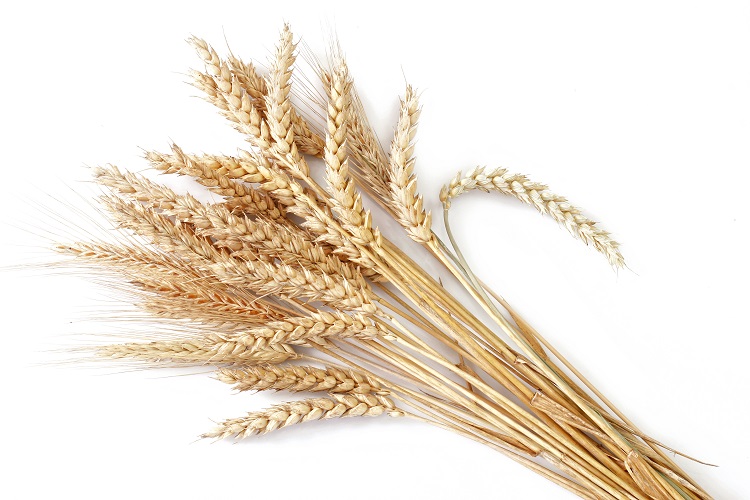
Bread wheat (Triticum aestivum) produces grain that accounts for around 20% of all protein and calories consumed worldwide.
Although recognised as a ‘globally important cereal’, very little is known about the genes or biological process that control the formation of bread wheat grains on its lateral branches, known as spikelets.
In an effort to gain a greater understanding, and in so doing, identify mechanisms to improve wheat yield, a team of researchers from Australia and the UK have focused their attentions on genetic drivers in the wheat variety.
“Little is known about the mechanism behind drivers of yields and protein content in wheat production,” said study lead Dr Scott Boden, from the University of Adelaide’s School of Agriculture, Food and Wine.
“Discovering a gene that controls these two factors has the potential to help generate new wheat varieties that produce higher quality grain.”
An unexpected discovery
The researchers identified semidominant alleles (variants of DNA sequences) for a class of III home-odomain-leucine zipper transcription factor, HOMEOBOX DOMAIN-2 (HB-2) on wheat A and D subgenomes, which generate more flower-bearding spikelets.
At the same time, the researchers unexpectedly discovered that these alleles enhanced protein content.
“The genetic variation we identified provides a 15-25% increase in protein content for plants grown in the field. These varieties also produce extra spikelets known as paired spikelets,” said Dr Boden.
The researchers have not yet detected an increase in yield with the extra spikelets, but hope a yield increase might come in elite varieties grown by farmers.
Significantly, the increase in protein content occurs without the trade-off of a reduced yield, explained the lead researchers. “So this discovery has even better potential to provide economic benefit to breeders and growers than just the increased nutritional value by itself.”
Findings could ‘significantly benefit society’
The scientists said their findings could have positive effect on global nutrition.
“As wheat accounts for nearly 20% of protein consumed worldwide, the impact of this research can significantly benefit society by providing grains with a higher protein content, which could therefore help produce more nutritious food, such as bread and breakfast cereals,” said Dr Boden.
The new wheat varieties are expected to be available to breeders within the next two to three years, and from there, could translate to benefits for farmers in around seven to 10 years’ time.
The researchers also expect the results to be of value to the scientific community. “Aside from the important outcome of this work for the future of wheat breeding, the research itself is of immense value to the scientific community as it provides an elegant example of new capabilities that are available to wheat research.”
Source: ScienceAdvances
‘MicroRNA-resistant alleles of HOMEOBOX DOMAIN-2 modify inflorescence branching and increase grain protein content of wheat’
Published 11 May 2022
DOI: DOI: 10.1126/sciadv.abn5907
Authors: Laura E. Dixon, Marianna Pasquariello, Roshani Badgami, Kara A. Levin, Scott A. Boden et al.